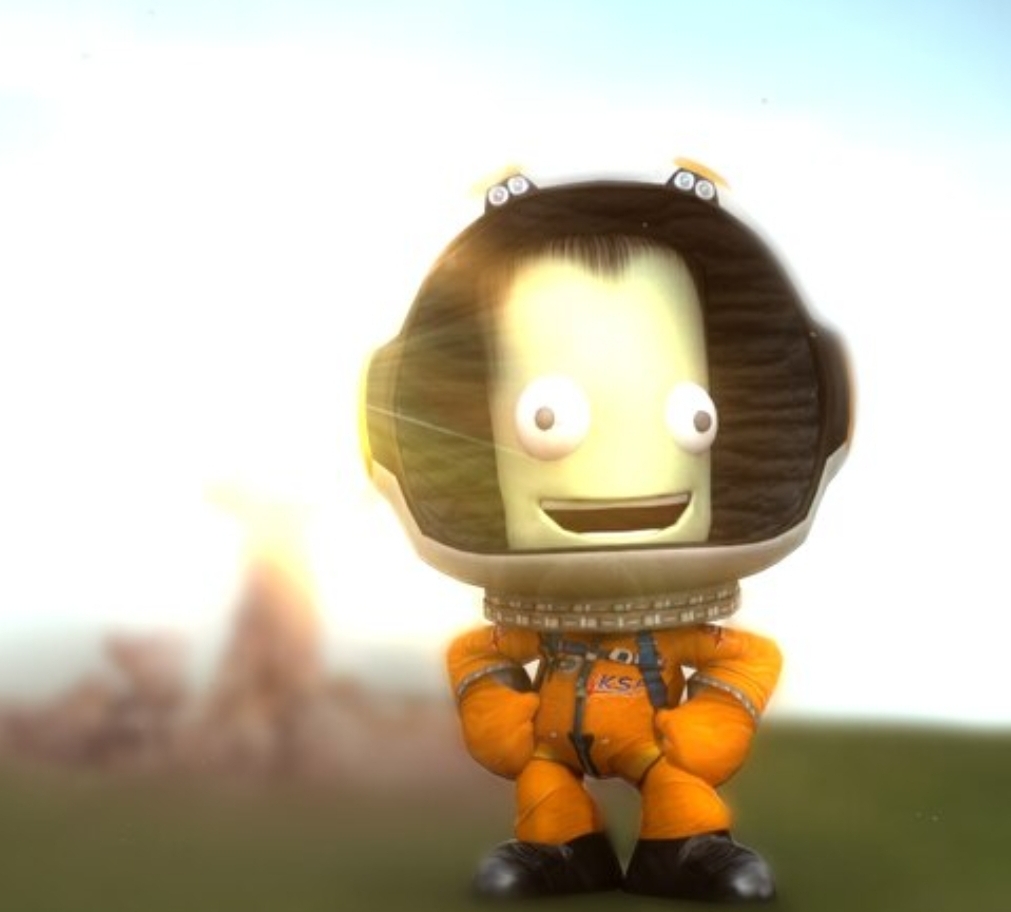- cross-posted to:
- 3dprinting
- [email protected]
- cross-posted to:
- 3dprinting
- [email protected]
3D prints still suffer from bad layer adhesion due to their 2.5D slicing and printing approach. I investigated if a novel slicing method that interleaves the layer could improve the strength of 3D prints.
For anyone who prefers reading: https://www.cnckitchen.com/blog/brick-layers-make-3d-prints-stronger
Jesus, in hindsight, this is such an obvious and great design trick to increase strength that I’m surprised it didn’t become more popular earlier.
Love his empirical testing and experimentation.
This makes a lot of sense. I could see this being used for printed buildings and it would be a cull circle.
it would be a cull circle.
I don’t care what you say, I ain’t going in that circle with you!
Here is an alternative Piped link(s):
https://piped.video/watch?v=5hGm6cubFVs
Piped is a privacy-respecting open-source alternative frontend to YouTube.
I’m open-source; check me out at GitHub.
Now we just need half-width extrusions on the outer wall!
The thumbnail shows a hexagonal tiling, which is like a brick-laying pattern but rotated 90 degrees, so the “half bricks” are on the top and bottom, not the sides.
Maybe it would still work to orient the hexagons so the zig-zag part is on the walls, and then fill in the gaps with half-height half-width walls. Although “half” isn’t exactly correct; the hexagons give you ugly trig numbers.
You don’t need any ugly trig. You can just use a magic number. The magic number in question is 0.8660254, which is the ratio between the width of the longways (point-to-point) to shortways (flat-to-flat) dimensions of a regular hexagon. If you need half of that, divide it by 2 afterwards.
magic ⇏ ¬ugly

deleted by creator
What is that? You do two half widths for each perimeter and it increases strength?
Just an offhand idea. If you look at the print in the thumbnail, you can see that while this clever brick-interleaving has eliminated the straight lines along the xy plane, the Z axis still has straight lines. Eliminating that so you have a “brick-interleaving” in all axis seems the most optimal.
deleted by creator
Oh, I see what you’re getting at, interesting. I hope these land in a slicer sometime, it would be interesting to try out.
Well you need either that or the video’s idea. I think yours could be easier to implement and it requires fewer z-movements (and no reordering, can’t remember if the video did that)







